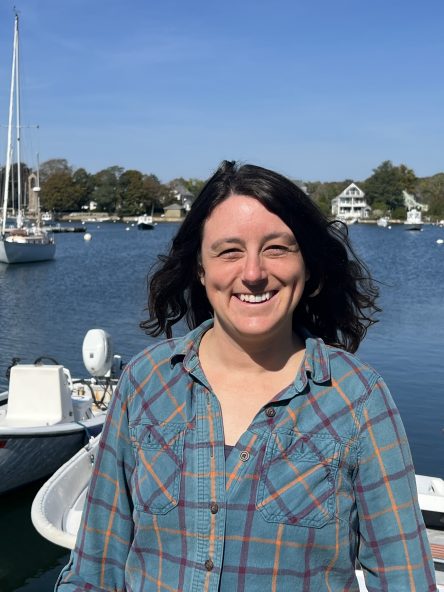Staff Profile
Johanna Weston
Preferred Name: Johanna Weston
Postdoctoral Investigator - Part time
Biology
Email: johanna.weston@whoi.edu
Phone: 508 289 3902
Office: Redfield Laboratory-Floor 2
Address:
Woods Hole Oceanographic Institution,
Mail Stop 33
266 Woods Hole Road
Woods Hole, MA 02543
Lab/Group Site: https://scholar.google.co.uk/citations?hl=en&user=t0vJbvcAAAAJ
Education
- PhD – Newcastle University, Marine Science
- MSc – California Polytechnic State University, Biological Sciences
- BSc – University of Dallas, Biology and Environmental Sciences
Research Statement
Areas of Expertise
- Biogeography, Systematics & Taxonomy, Deep-sea Ecology, Molecular Ecology, Water Policy
Research Overview
- As an ecologist, I strive to understand how species interact with and are shaped by their environment. For a given species, I ask, “Where does it live?”, “How has it adapted to its environment?”, “Why is it there?”, and sometimes more importantly “Why is it not there?”. Asking and addressing these questions is fundamental to finding solutions to the challenges our Earth faces in the Anthropocene, such as pollution, biodiversity loss, and climate change.
- Starting with my PhD at Newcastle University and now as a Postdoctoral Scholar at WHOI in Dr. Kirsten Meyer-Kaiser’s Benthic & Larval Ecology Lab, the majority of my research time focused on the deepest part of our oceans, the hadal zone. Extending from 6000 to ~11,000 meters, the environmental conditions are extreme. But, not too extreme for life! The hadal zone is a hotspot for biodiversity – home to diverse animals, including amphipods and fishes, that evolved independently into each trench. I use amphipods, shrimp-like crustaceans, as a model group to understand the drivers of biodiversity and how the physical environment shapes their ecology and distribution. My research incorporates a range of techniques from describing new species to science to applying population genomics to investigate connectivity between hadal features.
Select Research Highlights
- The story of Eurythenes plasticus, a tiny amphipod with a mighty message. We first collected specimens in 2014 on a Schmidt Ocean research cruise, and in 2020 we discovered that it was actually a new species in need of a scientific name. Describing a new species is a big responsibility. With support from the World Wide Fund for Nature, we asked a lot of questions, like “what does it look like?”, “where does it live?”, and “what does it eat?”. Eurythenes plasticus lives between 6 – 7 kilometers in the Mariana Trench, seemingly very remote. For the last question, we examined the stomach contents of four individuals and found one individual to have ingested a microplastic fiber. Further, the analysis showed that microplastic to very similar to the plastic polymer, polyethylene terephthalate (PET). PET is the main polymer of plastic bottles. The name “plasticus” highlights the sad reality of the widespread reach of plastic pollution in oceans, even the deep depths of the hadal zone. But, Eurythenes plasticus can also teach us that our collective actions on the land matter.
- Open access paper: https://doi.org/10.11646/zootaxa.4748.1.9
- Check out this video below created for a Eurythenes plasticus exhibition at the Great North Museum: Hancock in Newcastle upon Tyne, UK.
